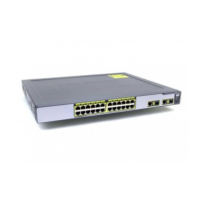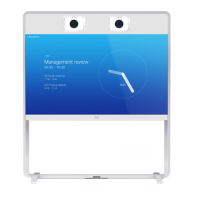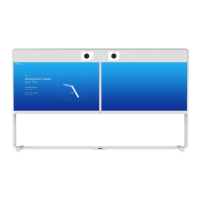NTPServerDelete
Address(r): <Value>
The IP address or Fully Qualified Domain Name (FQDN) of the NTP server to delete.
Example: xCommand NTPServerDelete Address: "ntp.server.example.com"
OptionKeyDelete
Deletes a software option key from the VCS.
OptionKeyId(r): <1..64>
Specifies the ID of the software option to be deleted.
Example: xCommand OptionKeyDelete OptionKeyId: 2
Ping
Checks that a particular host system is contactable.
Hostname: <Value>
The IP address or hostname of the host system you want to try to contact.
Example: xCommand Ping Hostname: "example.com"
PipeAdd
Adds and configures a new pipe.
PipeName(r): <S: 1, 50>
Assigns a name to this pipe.
TotalMode: <Unlimited/Limited/NoBandwidth>
Controls total bandwidth restrictions for the pipe. NoBandwidth: no calls can be made using this pipe. Default: Unlimited.
Total: <1..100000000>
If this pipe has limited bandwidth, sets the maximum bandwidth (in kbps) available at any one time on the pipe. Default: 500000.
PerCallMode: <Unlimited/Limited/NoBandwidth>
Controls bandwidth restrictions of individual calls. NoBandwidth: no calls can be made using this pipe. Default: Unlimited.
PerCall: <1..100000000> For limited per-call mode, sets the maximum bandwidth (in kbps) available per call. Default: 1920.
Example: xCommand PipeAdd PipeName: "512k ADSL" TotalMode: Limited Total: 512 PerCallMode: Limited
PerCall: 128
PipeDelete
Deletes a pipe.
PipeId(r): <1..1000>
The index of the pipe to be deleted.
Example: xCommand PipeDelete PipeId: 2
Cisco VCS Administrator Guide (X8.1.1) Page 479 of 507
Reference material
Command reference — xCommand

